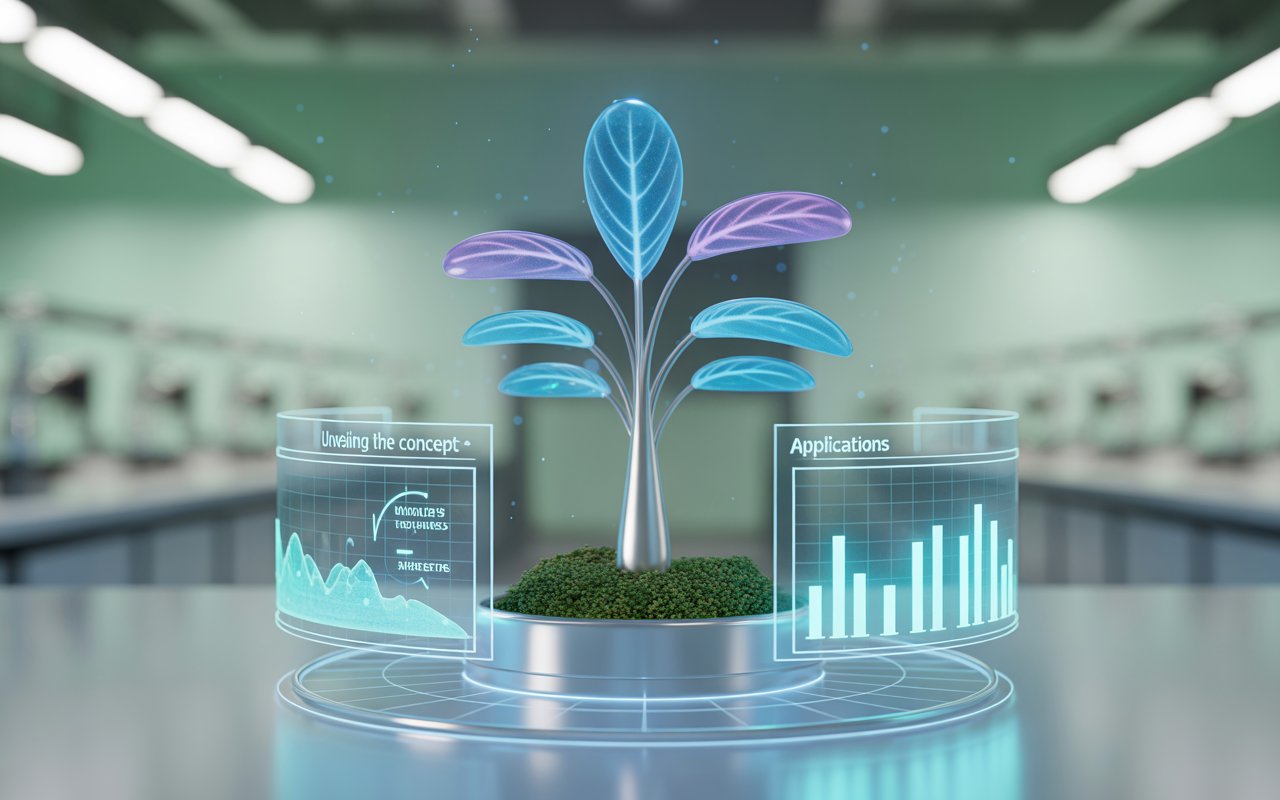The modern era constantly introduces new terms and concepts that gain attention due to their uniqueness and potential. One such emerging term is lyposingrass, which has been circulating in discussions across innovation, science, and sustainability. While the word may sound unusual, it has already begun sparking curiosity in professional circles and among the general public. The meaning, applications, potential benefits, challenges, and future of lyposingrass, offering a comprehensive look at why it is gaining attention in contemporary times.
What is Lyposingrass?
Lyposingrass can be described as a modern concept connected to the intersection of biological research and innovative applications. Although the exact definition continues to evolve, it reflects efforts to blend scientific advancements with natural processes. Many view lyposingrass as a hybrid idea that could combine properties of biological materials with technology-driven uses. This flexibility makes it adaptable to industries such as agriculture, health, environmental sustainability, and even energy.
Origins and Early References of Lyposingrass
Every emerging concept has a starting point, and lyposingrass is no exception. Early mentions suggest that researchers introduced the idea as part of exploratory studies into sustainable resources. Over time, the term has grown in use, with discussions appearing in experimental science forums and eco-conscious communities. While detailed records remain limited, the consistency of references indicates that lyposingrass represents something meaningful rather than a passing phrase.
Scientific Importance of Lyposingrass
The scientific relevance of lyposingrass lies in its association with innovation and experimentation. As industries look for new methods of addressing global challenges, ideas like lyposingrass provide a foundation for problem-solving. Its potential as a research subject allows experts to think about alternative materials, biological adaptations, and sustainable models. This scientific curiosity has turned it into a growing topic of exploration among scholars.
Lyposingrass and Agricultural Applications
Agriculture is often the first industry to benefit from new biological or ecological innovations. Lyposingrass could potentially contribute to improved crop resilience, soil enrichment, or climate adaptability. Farmers and agricultural researchers seek methods to optimize land use, minimize chemical dependence, and ensure food security. If lyposingrass aligns with these goals, it could become an important resource in shaping the next generation of farming practices.
Environmental Impact of Lyposingrass
Sustainability is one of the most critical global priorities today. Lyposingrass has the potential to play a role in environmental preservation. Whether through carbon absorption, soil restoration, or renewable resource contributions, it may serve as a tool for ecological balance. Environmentalists increasingly recognize that innovative ideas must combine natural and technological elements to protect ecosystems, and lyposingrass aligns well with that philosophy.
Lyposingrass in Health and Wellness
Another fascinating dimension of lyposingrass involves its possible role in health and wellness. If connected to plant-based or bio-derived resources, it might offer benefits in nutrition, medicine, or therapeutic practices. Herbal supplements and natural health products have seen tremendous growth, and grass could eventually find space within that market, depending on research outcomes.
Industrial Uses of Lyposingrass
Modern industries are searching for sustainable raw materials to reduce dependence on synthetic products. Grass could present opportunities in textiles, construction, or bioengineering. Imagine a future where materials inspired by or derived from grass replace plastics or harmful chemicals. Such possibilities illustrate how concepts like this could shape manufacturing and design in eco-friendly directions.
The Role of Technology in Developing Lyposingrass
Technology is critical in transforming theoretical concepts into practical solutions. Through artificial intelligence, data analytics, and laboratory testing, grass could be studied more deeply and optimized for multiple uses. These advancements ensure that even speculative ideas are explored systematically, creating pathways for application and commercialization.
Economic Prospects of Lyposingrass
From a business perspective, grass holds significant promise. Startups and corporations constantly seek unique opportunities that combine novelty and profitability. If validated through research, grass could create new markets, attract investment, and establish competitive advantages for early adopters. The economic ripple effects may extend to job creation, supply chains, and global trade.
Lyposingrass in Popular Culture and Media
Popular culture often accelerates the visibility of new terms. Grass has begun appearing in creative discussions, speculative media, and online platforms. Artists, writers, and influencers frequently highlight futuristic concepts, and this term has the potential to spark creative storytelling. Pop culture exposure ensures greater awareness, which may accelerate real-world exploration and acceptance.
Challenges Facing Lyposingrass Development
Despite its potential, grass faces several challenges. One major hurdle is the lack of standardized definition, which creates confusion in academic and industrial settings. Funding for research also remains uncertain, and skepticism may slow down progress. Moreover, integrating grass into industries requires regulatory approval, technological validation, and cultural acceptance. These barriers highlight the importance of collaboration among stakeholders.
Lyposingrass Compared with Other Innovations
When compared with other bio-inspired innovations, grass stands out due to its mysterious nature and versatile applications. Unlike established technologies, it remains an open-ended idea, leaving room for flexibility. This uncertainty also generates excitement, as it suggests a future filled with experimentation and discovery.
Future Potential of Lyposingrass
Looking ahead, grass symbolizes the future of cross-disciplinary innovation. By blending environmental sustainability, technological advancement, and community engagement, it could emerge as a symbol of progress. Governments, researchers, and industries must work together to explore its possibilities. With focused effort, grass could evolve from an abstract concept into a cornerstone of sustainable development.
Community Role in Advancing Lyposingrass
Communities play a key role in shaping the trajectory of emerging ideas. Public interest, grassroots projects, and educational initiatives can drive momentum. By embracing grass, communities can advocate for sustainability, raise awareness, and demand innovation that benefits both people and the planet.
Conclusion
Lyposingrass represents a fascinating blend of science, creativity, and sustainability. Though still in its early stages of recognition, it highlights the potential of innovative ideas to reshape industries and influence society. From agriculture to wellness and environmental protection, its applications could be transformative. The journey of grass reminds us that exploration, curiosity, and open-mindedness are essential for discovering solutions to today’s pressing challenges.
